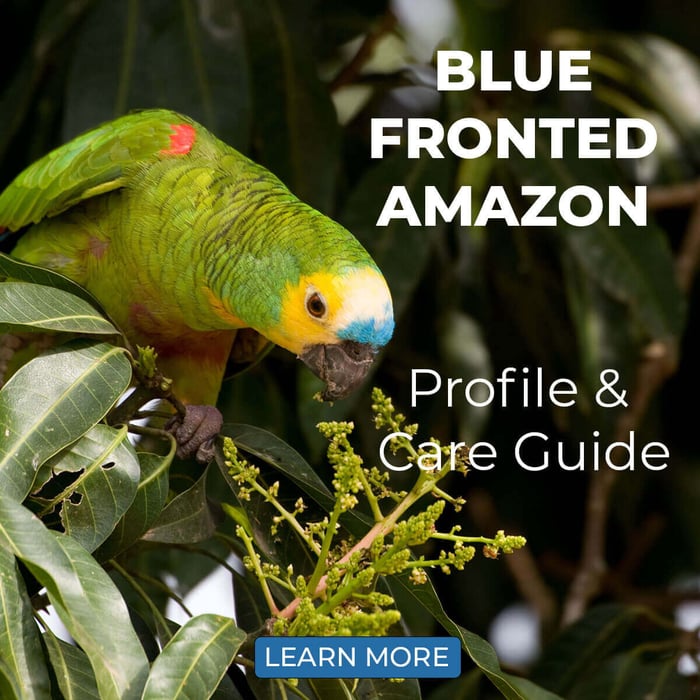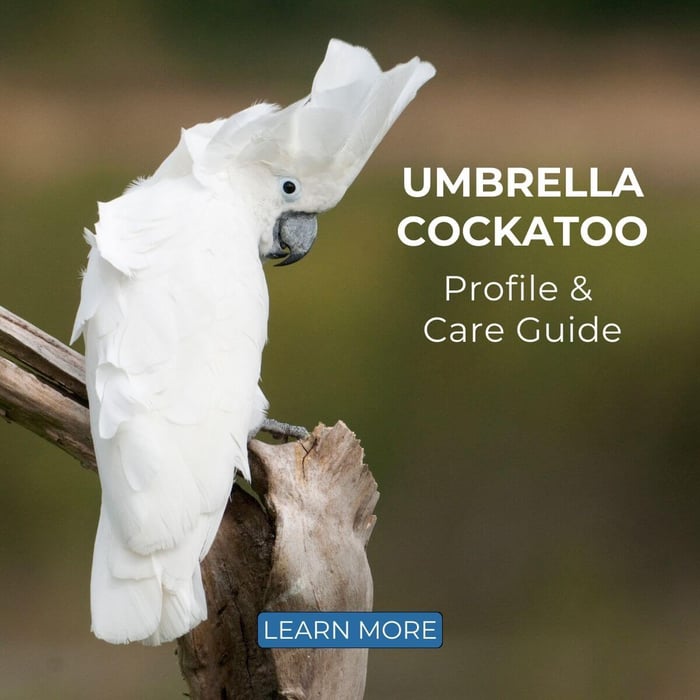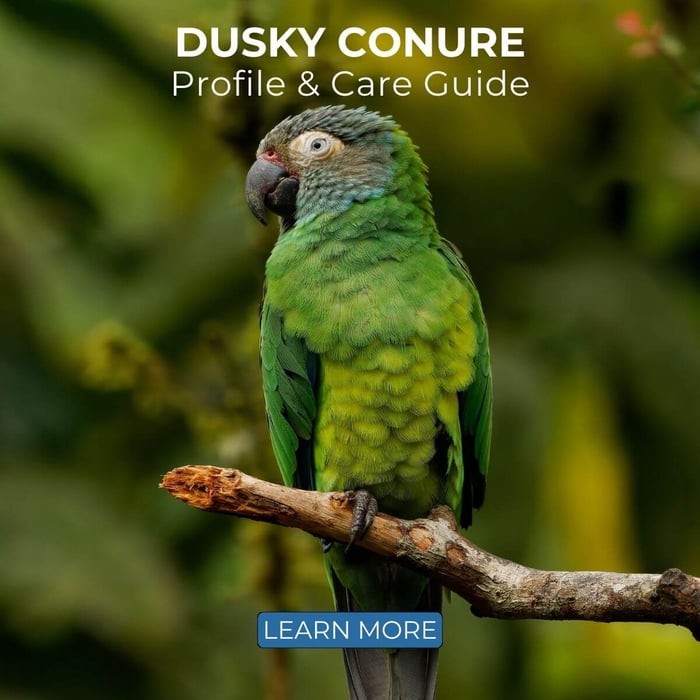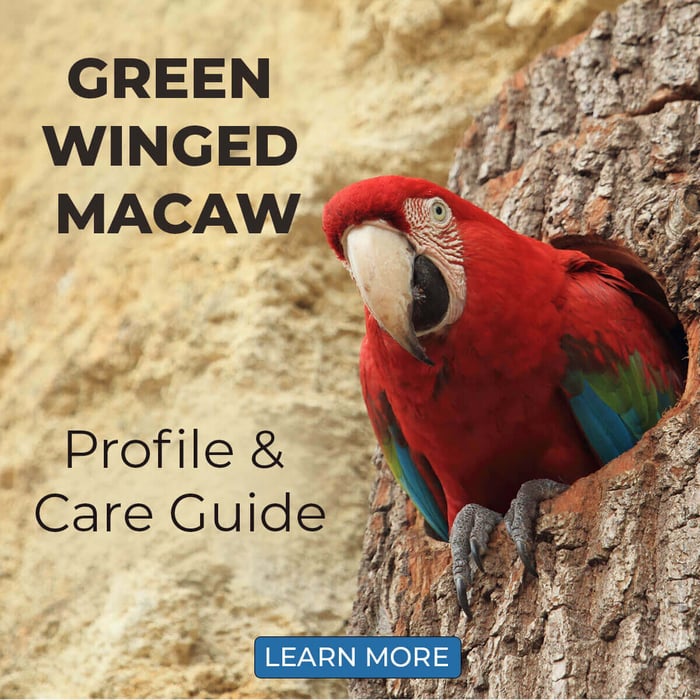Kakariki Profile & Care Guide
| Common name: | Kakariki, kākāriki, New Zealand parakeet |
| Scientific name: | Cyanoramphus novaezelandiae (Red-fronted Kakariki), Cyanoramphus auriceps (Yellow-fronted Kakariki), Cyanoramphus malherbi (Orange-fronted Kakariki) |
| Length: | 25-28 cm (10-11 in) |
| Weight: | 50-65 gr (2.3 oz) |
| Lifespan: | 12-15 years |
| Origin: | New Zealand |
| Noise Level: | Moderate |
KAKARIKI NATURAL HABITAT

Kakariki parakeets belong to the genus Cyanoramphus, native to New Zealand and the surrounding islands. Although this genus has 8 different species, it’s the three that can be found on the main isles that are referred to by the “kakariki” name:
- Red-crowned parakeet (Cyanoramphus novaezelandiae)
- Yellow-crowned parakeet (Cyanoramphus auriceps)
- Orange-fronted parakeet (Cyanoramphus malherbi)
Unfortunately, these parakeets have become endangered as a result of habitat destruction and the introduction of non-native predators such as cats and rats. They’re not very common on the big islands anymore, although some populations still thrive in the surrounding archipelago.
In their natural range, these parakeets mainly inhabit forested habitats. They mostly pop up in pairs or small flocks, foraging in the trees and on the ground. Nesting is done in hollow trees.
INTELLIGENCE & PERSONALITY
Although they’re often overshadowed by more popular parrot species like budgies and cockatiels, these parakeets really do make great pets for the right owner. They love interacting with their human companions, forming strong bonds that make them a delight to be around.
Do keep in mind that, as with any parrot, a kākāriki's social nature also means it can get lonely if not given enough attention. These parakeets are extremely curious and love to explore. They are always ready to go and amuse their owners with their funny antics.
When it comes to smarts, New Zealand parakeets are quick learners and capable problem-solvers. They can be trained to perform tricks and respond to their names, among many other things. Their quirky personalities and notable intelligence make these parakeets rewarding pets for those willing to invest time in understanding and caring for them.
KAKARIKI TALKING ABILITY
They can absolutely learn words and phrases with some patience and training. Spend some time talking to your bird daily to help strengthen your bond and to see if it picks anything up.
NOISE LEVEL
The average Kakariki typically produces a moderate level of noise compared to other parrots. They can absolutely screech loudly, but it’s not something they tend to do often. This makes them great birds for people who don’t deal well with the noisier parrot species.
FEEDING & SUPPLEMENTS
A high-quality parrot pellet should serve as the staple of your kakariki’s diet. These are specially formulated to provide balanced nutrition. You can supplement the pellets with dry and sprouted seeds to closely mimic this granivore’s natural diet.
In addition to pellets and seeds, your parrot should receive plenty of fresh vegetables daily, as well as some fresh fruits. Go for apples, berries, sweetcorn, carrots, celery, and much more to keep your feathered pet’s diet diverse, healthy and interesting.
Foraging is another activity that New Zealand parakeets absolutely love. Like most parrots, they enjoy working for their food. A foraging box, along with other inventive foraging toys, can keep them both mentally stimulated and physically active. It’s just like the challenges they would encounter in the wild!
You can easily create homemade foraging opportunities using cardboard boxes, muffin cups and other household items. Additionally, there is a variety of pre-made foraging toys available for birds of all experience levels to try.
HOUSING FOR YOUR KAKARIKI
When it comes to cage size, bigger is definitely better for these active and energetic birds. In fact, if your parakeet is going to be spending most of its time in its cage, it’s recommended to go for a full-sized aviary measuring at least 3.6 metres in length, 0.9 metres in width, and 1.8 metres in height.
For these parakeets that get to spend a few hours a day outside their cages, a good minimum cage length would be 0.9 metres. This gives your bird space to fly, explore, and engage in the variety of activities that their curious and lively nature demands.
Kakarikis are pretty good escape artists. So it’s a good idea to go for a secure cage with double doors to prevent your bird from going on an “adventure”. The bar spacing should be around 1.25 cm, preferably with some horizontal bars so your kakariki can climb.
Decorate the cage with a variety of natural perches and colourful parrot toys. You can also consider a parrot bath, as these parakeets do love to splash around.
FEATHER PLUCKING
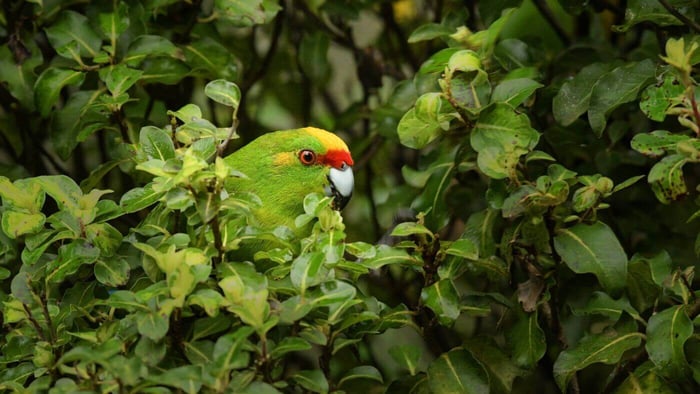
Feather plucking is not a common behaviour among these parakeets. If yours does, consider any 3 of the most common causes: medical, environmental and behavioural. Parrots often start over-preening and pulling out their feathers when stress arises from inadequate social contact, lack of enrichment, or insufficient mental stimulation.
If you observe your New Zealand parakeet starting to pluck its feathers, the first step should be to consult an avian veterinarian to diagnose or rule out any medical issues. If health problems are not the cause, you will need to look at the bird’s environment. Other than that the causes can be their diet, or psychological well-being.
FUN FACTS
- Kākāriki translates to “small parrot” in Maori. “Kaka” means parrot, and “riki” means small.
- New Zealand parakeets are usually solitary or found in pairs, although in autumn and winter, they may form small flocks.
- The female incubates 5–9 eggs for around 20 days until they hatch. Both birds assist with the feeding of the young.
- They are unique in that they often prefer to nest in burrows or under dense vegetation on the ground. This is quite unusual for parrots.
- Kakarikis actively breed in the wild, often timing their reproductive cycles to coincide with food availability. When conditions are favourable, they may raise several clutches within a single year.
- The New Zealand parakeets are probably the most active of all parrots. Seldom staying still, never moving slowly and often seen running up and down the wire of the aviary or cage without even using their beaks.
- These parakeets are generally said not to be the most playful with toys in their environment. Yours would probably enjoy and benefit more from different types of perches, swings and occasionally wooden or plastic balls. Kakarikis actively chew on any available items, so expect that toys will often end up destroyed during their play.
- Although not as cuddly as some parrot species, New Zealand parakeets do enjoy social interaction and can form strong bonds with their human caretakers.
CONCLUSION
Kakarikis, with their vibrant plumage and spirited demeanour, are a delightful addition to the avian community. Native to New Zealand, these “small parrots” are celebrated for their high energy and playful antics. This makes them both captivating and engaging companions. Their diet is versatile, and their love for foraging reflects their adaptability, a trait that is vital in the wild and enriching in a domestic setting.
If you’re looking for the right parrot species to add to your family, consider one or multiple New Zealand parakeets. These colourful, active and playful parakeets are a joy to have in the home! Caring for these parakeets is straightforward, making them an excellent choice for beginner bird enthusiasts.
Despite their resilience, these parakeets face challenges in the wild, with habitat loss and predation being significant threats. In captivity, they require attentive care. By understanding their needs and ensuring a nurturing environment, caretakers can help these small parrots lead a healthy, joyous life.
To view other Parrot Profiles & Care Guides, visit our Alphabetical list of Parrot Fact Sheets by visiting https://parrotessentials.co.uk/blog/parrot-profiles-care-guides

